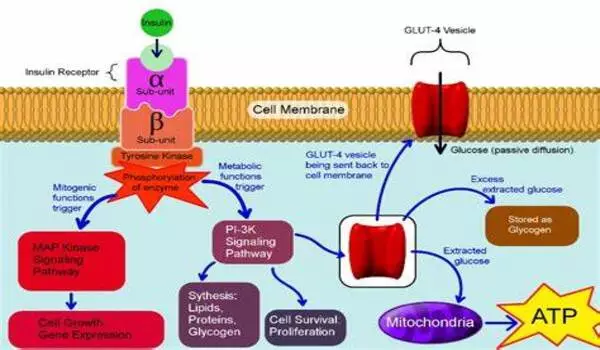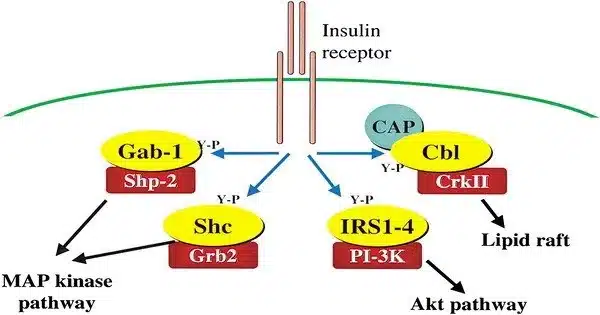Researchers from the University of Tsukuba conducted a single-cell gene expression analysis on pancreatic islets from prediabetic and diabetic mouse models. Anxa10 expression was found to be upregulated in pancreatic beta cells during the early stages of diabetes, which was attributed to high blood glucose levels. This increased Anxa10 expression was discovered to affect intracellular calcium homeostasis, resulting in a decrease in insulin secretory capacity.
Type 2 diabetes, a common type of diabetes, is well known for its link to insulin resistance, a condition in which insulin becomes ineffective. Obesity, disruption of compensatory insulin secretion by pancreatic beta cells (pancreatic beta cell dysfunction), and a decrease in pancreatic beta cell volume all contribute to this ineffectiveness. Despite this understanding, the disease’s pathogenesis and mechanistic underpinnings remain unknown.
The analysis identified 20 cell clusters, encompassing β cells, α cells, δ cells, PP cells, macrophages, endothelial cells, stellate cells, ductal cells, and acinar cells. Additionally, pancreatic β-cells in diabetic model mice were categorized into six clusters as the disease progressed.
To close the knowledge gap, researchers at the University of Tsukuba examined single-cell gene expression in islets from db/db mice, a diabetes model. Their goal was to understand the changes in the constituent cells of islets, which are insulin-producing tissues in the pancreas, as type 2 diabetes progressed from a healthy to a prediabetic and then to a diabetic state.
The analysis identified 20 cell clusters, encompassing β cells, α cells, δ cells, PP cells, macrophages, endothelial cells, stellate cells, ductal cells, and acinar cells. Additionally, pancreatic β-cells in diabetic model mice were categorized into six clusters as the disease progressed.

Pseudotemporal analysis revealed a novel pathway wherein pancreatic β-cells undergo dedifferentiation and subsequently differentiate into acinar-like cells. Additionally, the researchers identified Anxa10 as a gene specifically upregulated in pancreatic β-cells during the initial stages of diabetes.
Researchers are looking into how epigenetic changes like DNA methylation and histone modifications affect the regulation of genes involved in insulin secretion and sensitivity. Identifying changes in gene expression patterns early in the development of diabetes may provide insights into the underlying molecular mechanisms.
They also discovered that Anxa10 expression is activated by elevated calcium levels in pancreatic β-cells, which contributes to a decrease in insulin secretory capacity. These findings are expected to shed light on the molecular mechanisms underlying type 2 diabetes, especially in its early stages, and pave the way for the development of new preventive, diagnostic, and therapeutic strategies.
















